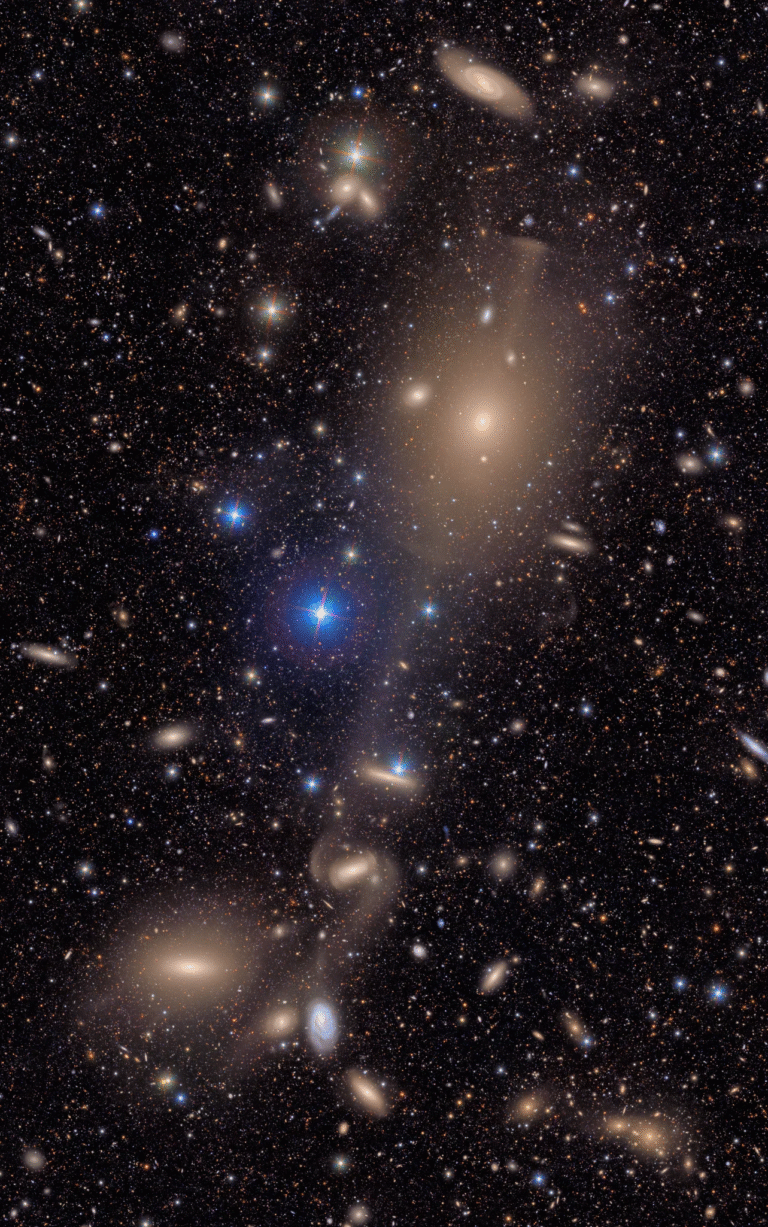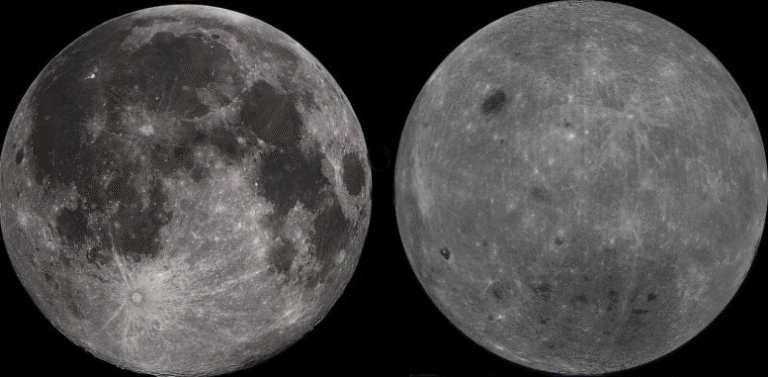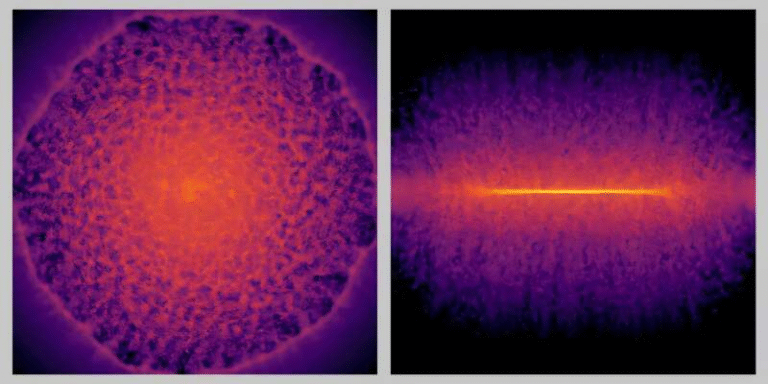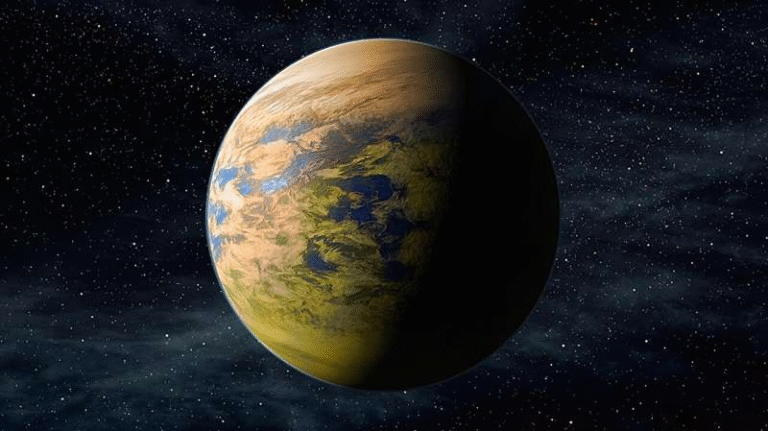NASA Confirms 6,000 Exoplanets and Counting

NASA has officially confirmed 6,000 planets beyond our solar system, marking a major milestone in the search for worlds orbiting stars other than the Sun. These confirmed planets, known as exoplanets, are recorded in the NASA Exoplanet Archive managed by the Exoplanet Science Institute (NExScI) at Caltech in Pasadena, California. Alongside this massive number, there are more than 8,000 additional candidates still awaiting confirmation.
This achievement is the result of decades of astronomical research and observation using both space-based and ground-based telescopes. Importantly, there is no single planet identified as the 6,000th exoplanet. Discoveries are made continuously by teams worldwide, and each confirmation adds to the official tally.
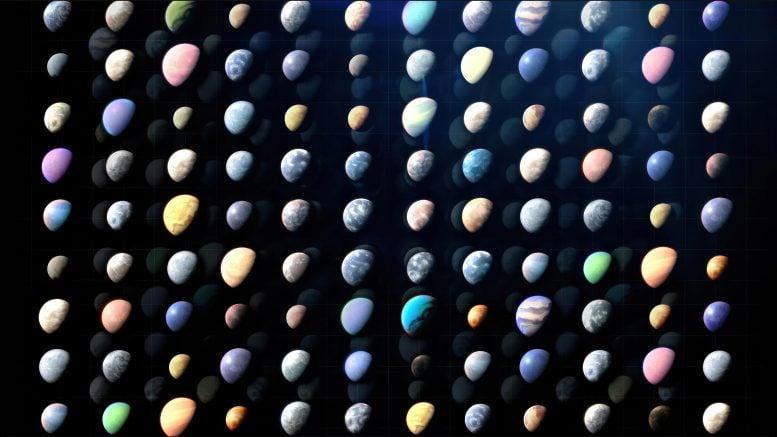
A Journey That Began 30 Years Ago
The field of exoplanet research is relatively young. The first confirmed detection of a planet orbiting a Sun-like star was made in 1995, with the discovery of 51 Pegasi b. Before that, in the early 1990s, astronomers had found planets orbiting pulsars (dead stars), but the breakthrough came when researchers confirmed one around a main-sequence star similar to our Sun.
In the span of just three decades, the count has grown from a single discovery to thousands. For comparison, only three years ago, NASA celebrated crossing the 5,000 confirmed exoplanets milestone. The acceleration in discoveries is thanks to powerful telescopes, more precise detection methods, and global collaborations.
How Exoplanets Are Found
Detecting exoplanets is far from easy. Most cannot be seen directly because their parent stars outshine them by orders of magnitude. Only about 100 exoplanets have ever been directly imaged, and those are typically massive worlds orbiting far from their stars.
Instead, astronomers rely on indirect detection methods:
- Transit method: Watching for periodic dips in a star’s brightness as a planet crosses in front.
- Radial velocity method: Measuring tiny wobbles in a star’s motion caused by the gravitational tug of orbiting planets.
- Astrometry: Tracking precise changes in a star’s position in the sky.
- Microlensing: Detecting the bending of light from a background star when a planet passes in front of it.
Confirmation often requires follow-up observations, sometimes with completely different instruments, to rule out false positives such as binary star systems or stellar activity.
A Universe of Strange Worlds
The diversity of the 6,000 confirmed exoplanets is extraordinary. They range from rocky Earth-like bodies to exotic planets stranger than anything in science fiction. Among the highlights:
- Hot Jupiters: Gas giants larger than Jupiter orbiting extremely close to their stars.
- Super-Earths: Rocky planets larger than Earth but smaller than Neptune, which appear to be more common in the galaxy than in our solar system.
- Puffy planets: Worlds with extremely low densities, some compared to Styrofoam, with atmospheres so expanded they seem unreal.
- Lava worlds: Planets so close to their stars that their surfaces may be covered with molten rock.
- Rogue planets: Planets that drift through space without a host star.
- Circumbinary planets: Worlds orbiting two stars, reminiscent of Tatooine in Star Wars.
Interestingly, while our solar system has a balanced distribution of rocky and giant planets, surveys show that rocky planets are more common elsewhere in the galaxy.
Notable Recent Confirmations
One of the recent additions to the catalog is KMT-2023-BLG-1896L b, a Neptune-like planet with a mass around 16.35 times that of Earth. It represents the kind of variety astronomers continue to encounter as they push the boundaries of detection.
As of September 2025, the tally sits slightly above 6,007 confirmed exoplanets, and the number is expected to climb steadily with upcoming missions.
Why This Milestone Matters
Each new exoplanet adds to our understanding of how planetary systems form and evolve. The large sample size now allows scientists to identify trends:
- Planets in the habitable zone (where liquid water could exist) are relatively common, though most are larger than Earth.
- Planetary systems come in a wide variety of architectures — some compact with multiple planets orbiting closer than Mercury, others spread out more widely than our own solar system.
- The sheer diversity challenges models of planet formation and forces scientists to refine theories.
This milestone also strengthens the case that our solar system is not unique. With billions of stars in the Milky Way, many of them likely hosting planets, the potential for life-bearing worlds grows increasingly plausible.
NASA’s Next Steps
NASA isn’t stopping at 6,000. The agency has several major projects underway to expand exoplanet science:
- James Webb Space Telescope (JWST): Already analyzing the atmospheres of more than 100 exoplanets, revealing their chemical compositions and searching for potential biosignatures.
- Nancy Grace Roman Space Telescope: Scheduled for launch in the coming years, this telescope will specialize in gravitational microlensing to discover thousands of new exoplanets. It will also feature the Roman Coronagraph, an instrument designed to block starlight so that faint planets become visible.
- Habitable Worlds Observatory: A planned future mission intended to directly image Earth-like planets around Sun-like stars and study their atmospheres for signs of life.
- ESA’s Gaia mission: Contributing via precise astrometry, Gaia is expected to deliver thousands of new planet candidates.
These missions will not only boost the number of known exoplanets but also focus on characterizing planets similar to Earth. Detecting atmospheric features such as oxygen, methane, or water vapor could provide critical hints about habitability.
The Challenge of Detecting Earth-Like Planets
Finding a true Earth twin remains one of the hardest challenges in astronomy. For an observer far away, our Sun is about 10 billion times brighter than Earth. That glare makes it nearly impossible to directly image an Earth-sized planet in the habitable zone of a Sun-like star with current instruments.
The Roman Coronagraph will test new starlight-blocking technologies, but even it will only be able to directly image planets the size of Jupiter. Future observatories, such as the proposed Habitable Worlds Observatory, will need next-generation coronagraphs or even starshades (giant space structures designed to block starlight) to isolate the faint light of Earth-like planets.
Exoplanets and the Question of Life
The discovery of exoplanets has transformed one of humanity’s oldest questions: Are we alone? With each new planet, especially those in habitable zones, scientists are narrowing the search for potential biosignatures.
Biosignatures include molecules or features that could indicate life, such as oxygen, methane, or unusual atmospheric chemistry. JWST has already begun providing atmospheric spectra of distant exoplanets, and future telescopes may be able to extend that work to Earth-sized worlds.
Although we have yet to find definitive evidence of life beyond Earth, the expanding catalog of planets strengthens the likelihood that habitable environments are out there.
Collaboration Across the Globe
NASA’s success in reaching the 6,000 mark is not a solo effort. The work involves an international community of astronomers, with contributions from agencies such as the European Space Agency (ESA), the Canadian Space Agency (CSA), and the National Science Foundation (NSF), along with observatories around the world.
The NASA Exoplanet Archive plays a central role, serving as the hub for storing, verifying, and sharing exoplanet data. The archive not only maintains the official count but also provides tools for researchers to analyze data and compare planetary systems.
What’s Next in Exoplanet Science
Looking ahead, the focus will shift from simply counting planets to studying them in depth. With 6,000 confirmed, scientists can now ask more refined questions:
- How common are planets like Earth around stars like the Sun?
- What kinds of planetary systems dominate our galaxy?
- How do exoplanet atmospheres evolve over time?
- Can we identify chemical signatures that hint at biological processes?
The ultimate goal is to move from statistical studies to individual case studies of habitable worlds, where researchers can probe conditions in detail.
Final Thoughts
The confirmation of 6,000 exoplanets is not just a milestone in numbers. It is evidence of humanity’s growing ability to explore and understand the universe beyond our solar system. Each new discovery adds to the picture of a galaxy teeming with worlds, many radically different from our own.
The next decade promises breakthroughs that could reshape how we view our place in the cosmos. From finding more exotic worlds to the possibility of detecting the first signs of extraterrestrial life, the search for exoplanets is one of the most exciting frontiers in modern science.
Research Reference:
NASA’s tally of planets outside our solar system reaches 6,000 (NASA)

